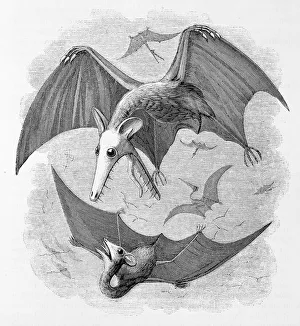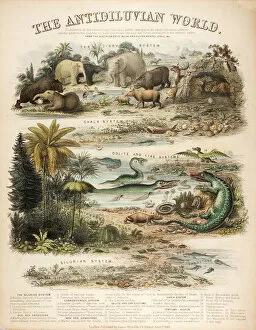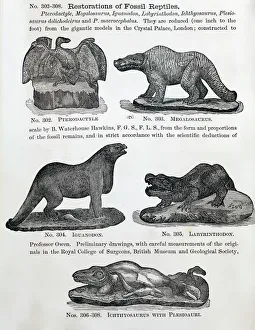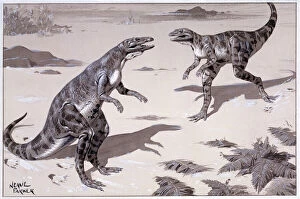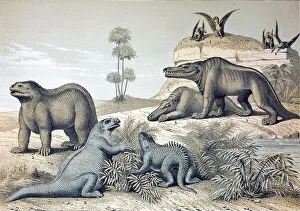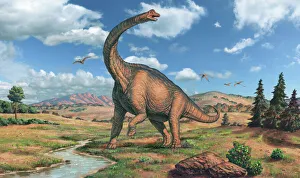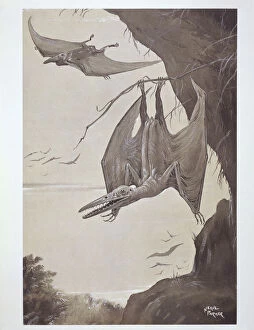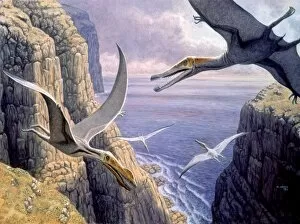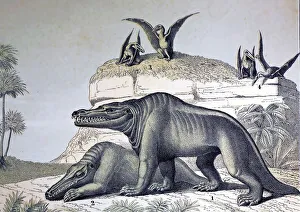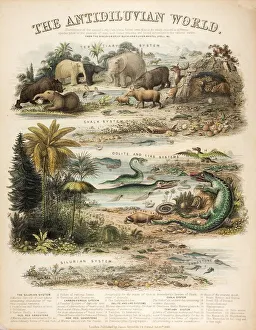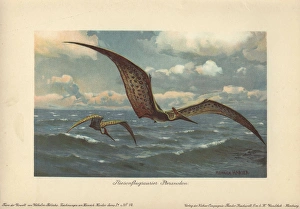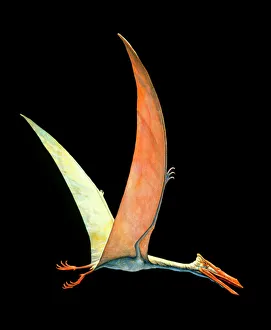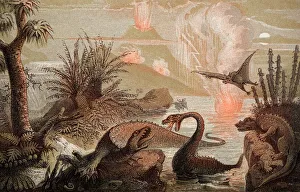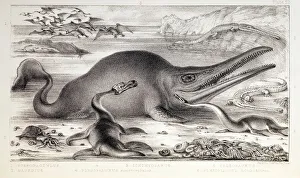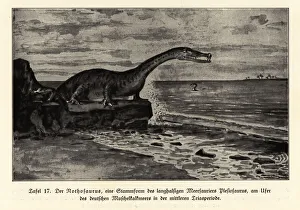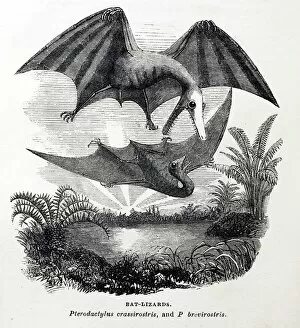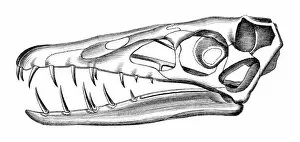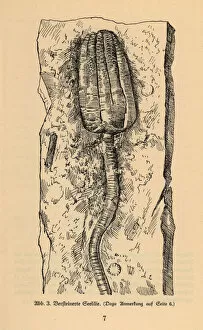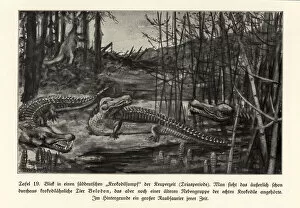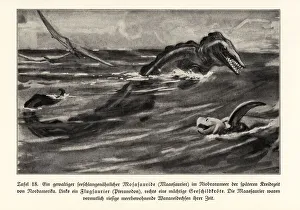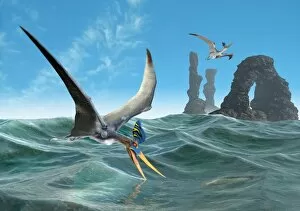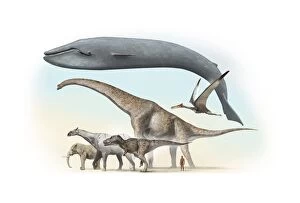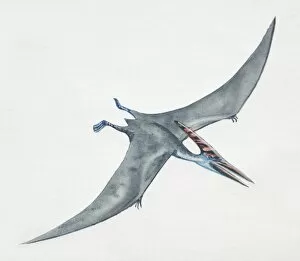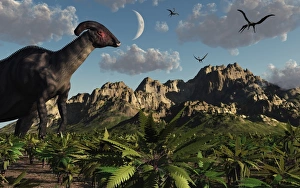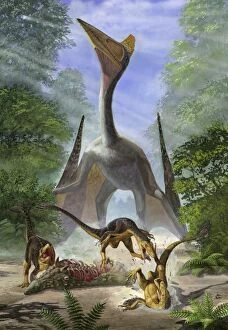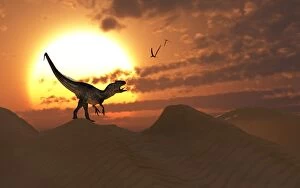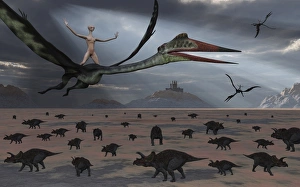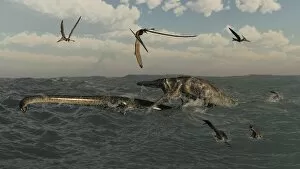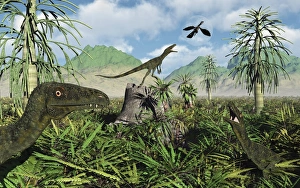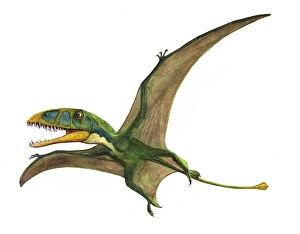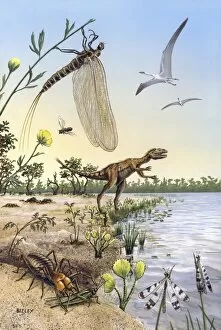Pterosaur Collection
In the world of prehistoric creatures, the pterosaur stands out as a fascinating and enigmatic species
All Professionally Made to Order for Quick Shipping
In the world of prehistoric creatures, the pterosaur stands out as a fascinating and enigmatic species. Dating back to the 1860s, when Waterhouse Hawkins crafted his remarkable model dinosaurs, these flying reptiles captured the imagination of scientists and enthusiasts alike. While most people are familiar with dinosaurs like Brachiosaurus or Megalosaurus from books published in 1862, it is essential not to forget their winged counterparts. Pterodactyls were among the first pterosaurs discovered and were initially considered marsupial bats due to their unique anatomy. Reynolds' book "The Antidiluvian World" in 1849 shed light on these ancient creatures, providing insights into their existence during prehistoric times. The illustrations within this publication showcased various pterosaurs such as Pteranodon, a large flying creature that roamed our skies millions of years ago. One cannot help but marvel at artwork depicting Quetzalcoatlus sp. , an enormous flying reptile that soared through ancient skies. Its immense size was truly awe-inspiring and made one wonder about its capabilities in flight. Another intriguing member of the pterosaur family is Tapejara. This peculiar creature possessed a unique head crest that likely played a role in communication or courtship rituals. Zimmermans' book "The Primitive World" further explored these primitive beings in 1857, shedding light on their behavior and habitat. As we continue to uncover more fossils and study these magnificent creatures further, our understanding of pterosaurs evolves constantly. From Waterhouse Hawkins' models to Reynolds' groundbreaking research, each discovery brings us closer to unraveling the mysteries surrounding these incredible beings who once ruled our skies.

